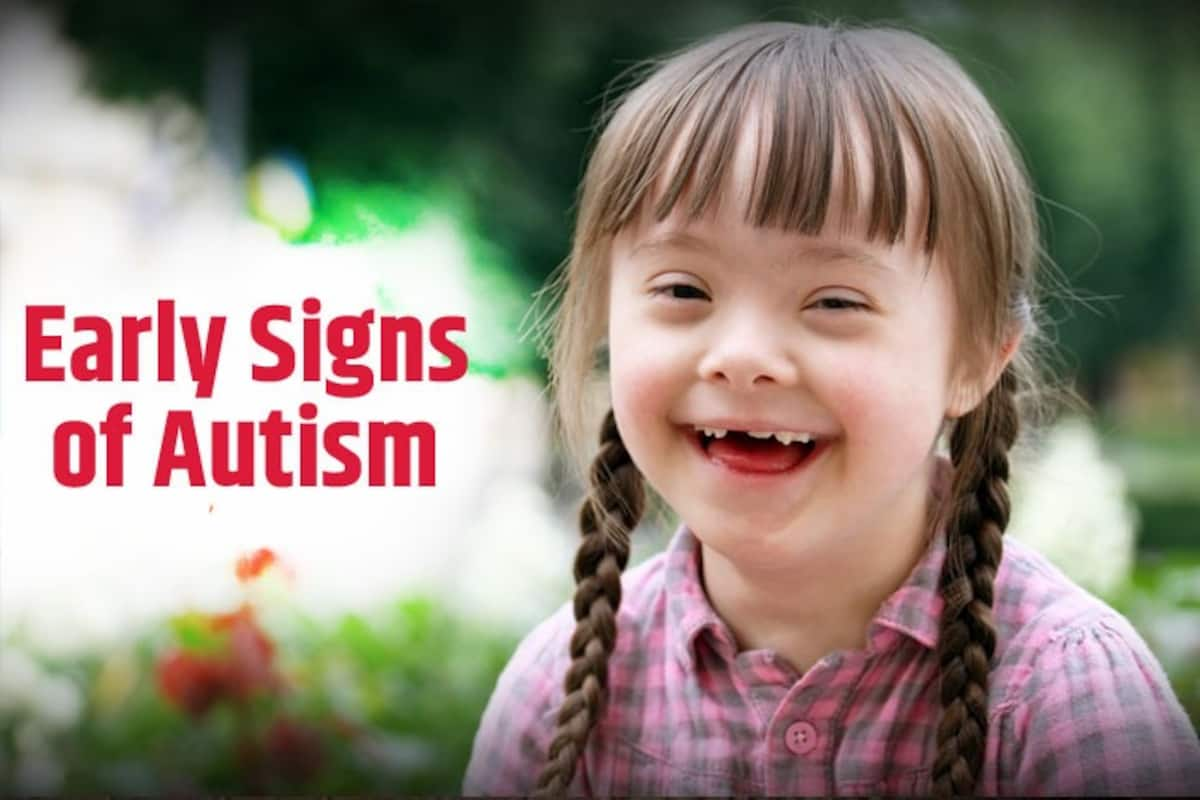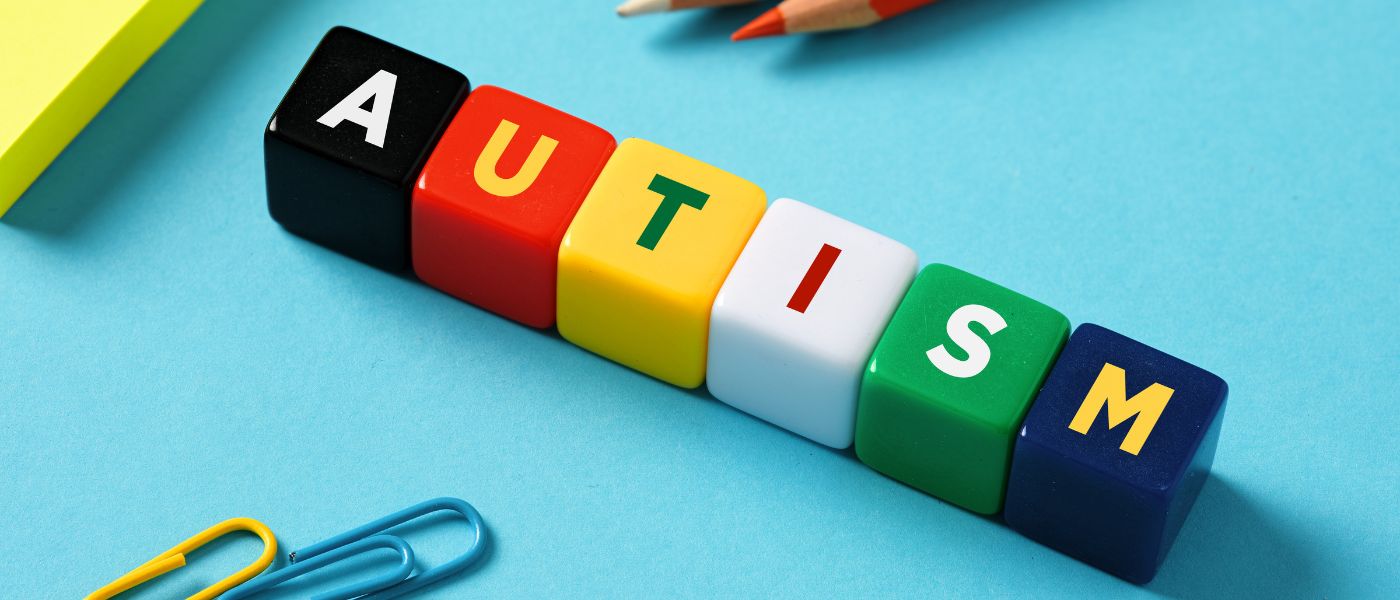How to Produce an Inclusive Environment for Pals and Family with Autism
How to Produce an Inclusive Environment for Pals and Family with Autism
Blog Article
Comprehending Autism: A Comprehensive Overview to Symptoms And Signs
Autism Range Condition (ASD) incorporates a wide array of features that can substantially influence an individual's social interactions and daily performance. Recognizing these nuances not only aids caretakers and instructors in giving appropriate support however additionally fosters a much more comprehensive environment for people with ASD.
Review of Autism Spectrum Disorder
Defining Autism Range Condition (ASD) involves acknowledging it as a complicated neurodevelopmental problem identified by a variety of difficulties in social interaction, communication, and behavioral patterns. The term "spectrum" shows the broad variability in symptoms and their extent, which can vary significantly from one person to an additional. ASD normally materializes in early youth, although some individuals might not get a diagnosis up until later on in life.
Variables influencing the development of ASD consist of genetic predispositions and ecological variables, although the precise causes continue to be under examination. Medical diagnosis usually depends on behavioral analyses, as there are no clear-cut medical tests for ASD. Early intervention is important and can dramatically improve results, focusing on boosting interaction abilities, social interactions, and adaptive habits.
People with ASD might also show unique toughness, such as phenomenal focus to detail or particular areas of competence. Understanding the multifaceted nature of ASD is important for fostering an inclusive atmosphere that suits neurodiversity. Proceeded research is important for establishing efficient interventions and support systems, enabling people with ASD to flourish and satisfy their possible within society.
Typical Indicators of Autism
Recognizing the typical indications of Autism Spectrum Disorder (ASD) is crucial for early identification and treatment. These indicators can vary extensively in severity and presentation, yet specific qualities are often observed in individuals with ASD.
Among the most prevalent indicators is a marked trouble in developing and maintaining eye contact. People may likewise display minimal interest in social communications and show a choice for solitary play. Recurring habits, such as hand-flapping, shaking, or spinning things, frequently emerge early in youth. Additionally, some kids might develop strict routines and become distressed if these routines are interfered with.
Sensory sensitivities are additionally common; people might underreact or panic to sensory stimuli, such as lights, appearances, or audios. autism. Language advancement can be irregular, with some children displaying postponed speech or making use of language in unusual means, including echolalia-- duplicating sentences or expressions heard somewhere else
It is vital to note that not every individual with ASD will show all these indications, and the degree of these actions can differ significantly. Early acknowledgment permits prompt assistance and resources, improving the lifestyle for those on the spectrum.
Social Interaction Obstacles
Social interaction obstacles are a hallmark of Autism Spectrum Problem (ASD), influencing a person's capability to involve properly with others. These difficulties can materialize in different methods, consisting of obstacles in launching and preserving discussions, comprehending social cues, and responding suitably in find more info social communications.
People with ASD might deal with nonverbal communication, such as eye get in touch with, facial expressions, and body language. This can cause misunderstandings, as their communicative intent may not be properly translated by others. They may find it hard to understand the nuances of tone and context, which are vital for efficient communication.
In team settings, individuals with ASD may feel overloaded and might not recognize exactly how to join in conversations (autism). They might likewise show atypical conversational patterns, such as monologuing concerning details rate of interests without acknowledging social reciprocity
Additionally, these challenges can cause social seclusion or troubles in developing relationships, as peers might misunderstand their habits or communication style. Recognizing these social communication obstacles is critical for promoting helpful environments that promote social go now abilities development and enhance the high quality of communications for people on the autism range.
Sensory Responses and sensitivities
Many people with Autism Spectrum Condition (ASD) experience increased sensory level of sensitivities that can considerably influence their daily lives. An individual with ASD might discover everyday noises, such as a vacuum cleanser or crowded environments, extremely traumatic, leading to anxiousness or crises.
Sensory handling distinctions in people with ASD can also influence their capacity to participate in routine activities and social communications. As an example, a child who is delicate to touch might resist physical love or stay clear of certain clothes textiles. A preference for particular appearances or tastes can limit nutritional alternatives and develop difficulties throughout nourishments.
Understanding these sensory level of sensitivities is important for acknowledging the one-of-a-kind experiences of individuals with ASD. Awareness of their sensory accounts can foster far better interaction and assistance techniques, producing an environment that fits their demands and enhances their lifestyle. Inevitably, recognizing sensory sensitivities is an essential element of comprehending the wider spectrum of autism.

Sustaining People With Autism
Efficient support for individuals his response with Autism Range Problem (ASD) is crucial for enhancing their total health and fostering freedom. Support approaches need to be customized to satisfy the special demands of each individual, considering their staminas and obstacles.

Social skills training can additionally play a pivotal duty. autism. Engaging individuals in team activities or role-playing circumstances can boost their ability to navigate social communications. In addition, it is important to inform relative, caregivers, and peers about ASD to promote a supportive and inclusive community
Final Thought
By fostering improved interaction and social abilities, people with autism can browse their environments much more successfully. Ultimately, enhanced recognition and assistance can significantly improve the high quality of life for those impacted by ASD.
Autism Range Condition (ASD) includes a wide array of characteristics that can considerably affect a person's social communications and everyday functioning.Individuals with ASD may have a hard time with nonverbal interaction, such as eye call, facial expressions, and body language.Lots of individuals with Autism Spectrum Problem (ASD) experience enhanced sensory level of sensitivities that can significantly affect their everyday lives.Sensory processing differences in people with ASD can additionally impact their capacity to engage in routine activities and social interactions.Comprehending these sensory sensitivities is vital for acknowledging the one-of-a-kind experiences of people with ASD.
Report this page